Products
-
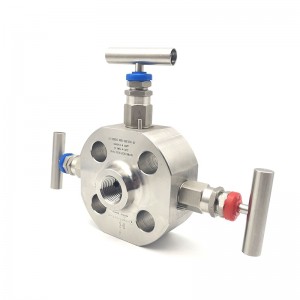
JBBV-104 Double Block & Bleed Monoflange Valve
The Double Block and Bleed Monoflange represents a true technical and economical innovation. Differently from the old system composed by big size block valves, safety and on-off valves, draining and sampling, these monoflanges allow to reduce costs and spaces. The monoflanges can be realized in traditional AISI 316 L as standard or exotic materials when required. They have compact dimensions with consequent reduction of assembling costs.
-

JELOK 2-Way Valve Manifolds for Pressure Gauge Transmitter
JELOK 2-valve manifolds are designed for static pressure and liquid level applications.Its function is to connect pressure gauge with the pressure point. It is generally used in field control instruments to provide multi-channel for instruments, reduce installation work and improve system reliability.
-

JELOK 3-Way Valve Manifolds for Pressure Transmitterr
JELOK 3-valve manifolds are designed for differential pressure applications. 3-valve manifolds are composed of three interrelated three valves. According to the function of each valve in the system, it can be divided into: high pressure valve on the left, low pressure valve on the right, and balance valve in the middle.
-
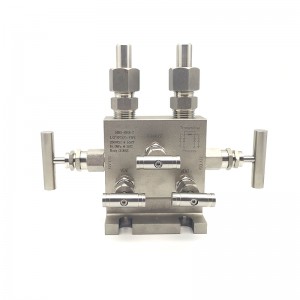
JELOK 5-Way Valve Manifolds for Pressure Transmitterr
When working, close the two groups of checking valves and balance valves. If inspection is needed, just cut off the high pressure and low-pressure valves, open the balance valve and two check valves, and then close the balance valve to calibrate and balance the transmitter.
-

Air Header Distribution Manifolds
JELOK Series air header distribution manifolds are designed to distribute air from the compressor to the actuators on pneumatic instruments, such as steam flow meters, pressure controllers and valve positioners. These manifolds are widely used in industrial chemical processing, plastic processing and energy industries and are approved for low-pressure applications up to 1000 psi (threaded end connections).
-
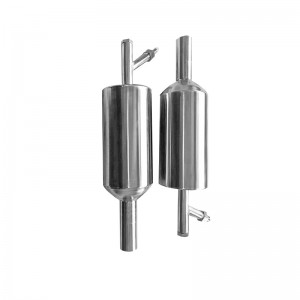
Anti-Blocking Air Pressure Sampling Equipment
The anti-blocking sampler is mainly used for sampling of pressure ports such as boiler air duct, flue and furnace, and can sample static pressure, dynamic pressure and differential pressure.
Anti-blocking sampler The anti-blocking sampling device is a self-cleaning and anti-blocking measuring device, which can save a lot of cleaning labor.
-

Pressure Gauge Transmitter Balance Container
The balance container is an accessory for measuring the liquid level. The double-layer balance container is used in conjunction with a water level indicator or a differential pressure transmitter to monitor the water level of the steam drum during the start-up, shutdown and normal operation of the boiler. The differential pressure (AP) signal is output when the water level changes to ensure the safe operation of the boiler.
-
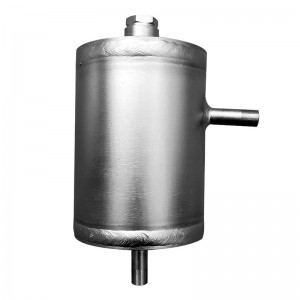
Condensate Chambers & Seal Pots
The primary use of condensate pots is to increase the accuracy of flow measurement in steam pipelines. They provide an interface between the vapor phase and the condensed phase in the impulse lines. Condensate Pots are used to collect and accumulate condensate and extrinsic particles. Condensate chambers aid in protecting delicate instruments with smaller orifices from becoming damaged or clogged by foreign debris.
-
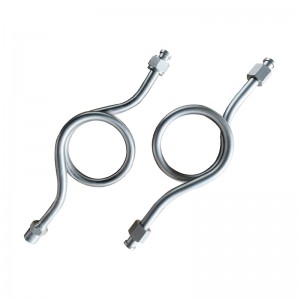
Stainless Steel Pressure Gauge Siphon
Pressure gauge siphons are used to protect the pressure gauge from the effect of hot pressure media such as steam and also to reduce the effect of rapid pressure surges. The pressure medium forms a condensate and is collected inside the coil or pigtail portion of the pressure gauge siphon. The condensate prevents the hot media from coming in direct contact with the pressure instrument. When the siphon is first installed, it should be filled with water or any other suitable separating liquid.









